Ditapis dengan
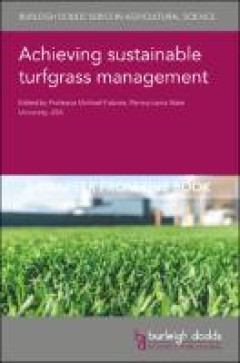
Advances in Turfgrass Weed Management
Weeds are a major pest that reduce aesthetics and functionality of turfgrass systems. Knowledge required for effective weed management has evolved in recent years as weeds develop resistance to herbicides, government restriction of broad-spectrum herbicides has increased, and registration of new herbicide active ingredients has slowed. This chapter discusses relevant and recent developments in …
- Edisi
- -
- ISBN/ISSN
- 978-1-80146-552-6
- Deskripsi Fisik
- 51 hlm.
- Judul Seri
- -
- No. Panggil
- -
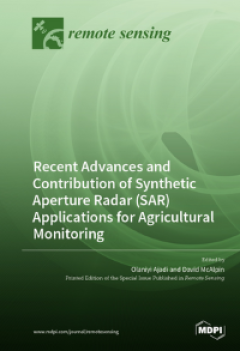
Recent Advances and Contribution of Synthetic Aperture Radar (SAR) Applicatio…
In this Special Issue, you will find a variety of background material discussing SAR and its applications. Several papers focused on using machine learning approaches with SAR to monitor crop stages and classify crops, while others focused on the polarimetric mode to estimate crop height. Dalam Edisi Khusus ini, Anda akan menemukan berbagai latar belakang materi yang membahas tentang SAR da…
- Edisi
- -
- ISBN/ISSN
- 978-3-0365-7359-5
- Deskripsi Fisik
- 224 hlm.
- Judul Seri
- -
- No. Panggil
- -
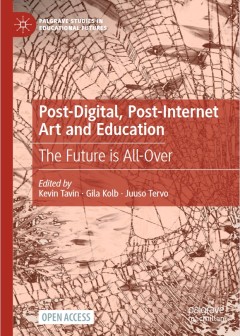
Post-Digital, Post-Internet Art and Education
This open access edited volume provides theoretical, practical, and historical perspectives on art and education in a post-digital, post-internet era. Recently, these terms have been attached to artworks, artists, exhibitions, and educational practices that deal with the relationships between online and offline, digital and physical, and material and immaterial. By taking the current socio-tech…
- Edisi
- -
- ISBN/ISSN
- 978-3-030-73770-2
- Deskripsi Fisik
- 315 hlm.
- Judul Seri
- -
- No. Panggil
- -
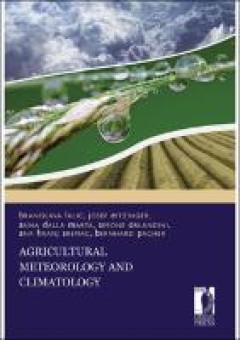
Agricultural Meteorology and Climatology
Agricultural Meteorology and Climatology is an introductory textbook for meteorology and climatology courses at faculties of agriculture and for agrometeorology and agroclimatology courses at faculties whose curricula include these subjects. Additionally, this book may be a useful source of information for practicing agronomists and all those interested in different aspects of weather and clima…
- Edisi
- -
- ISBN/ISSN
- 978-88-6453-795-5
- Deskripsi Fisik
- 355 hlm.
- Judul Seri
- -
- No. Panggil
- -
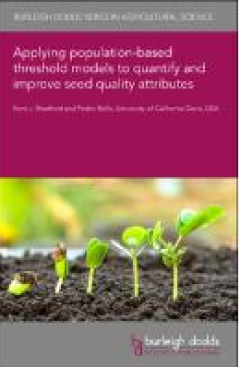
Applying Population-based Threshold Models to Quantify and Improve Seed Quali…
Achieving rapid and uniform stand establishment in crops requires a combination of high-quality seeds and appropriate environmental conditions. In particular, temperature and soil moisture (or water potential) are the major factors influencing germination in the field. In this chapter, we focus on the application of population-based threshold (PBT) models to characterize seed germination time c…
- Edisi
- -
- ISBN/ISSN
- 978-1-80146-358-4
- Deskripsi Fisik
- 89 hlm.
- Judul Seri
- -
- No. Panggil
- -
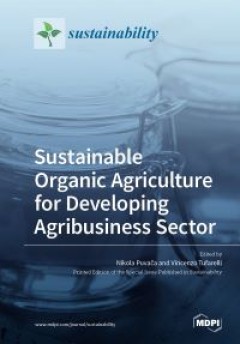
Sustainable Organic Agriculture for Developing Agribusiness Sector
Developing sustainable organic agriculture and resilient agribusiness sector is fundamental, keeping in mind the value of the opportunity presented by the growing demand for healthy and safe food globally, with the expectation for the global population to reach 9.8 billion by 2050, and 11 billion by 2100.Lately, the main threats in Europe, and worldwide, are the increasingly dynamic climate cha…
- Edisi
- -
- ISBN/ISSN
- 978-3-0365-1218-1
- Deskripsi Fisik
- 332 hlm.
- Judul Seri
- -
- No. Panggil
- -
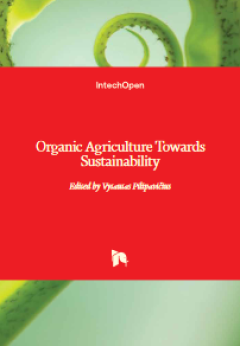
Organic Agriculture Towards Sustainability
Organic agriculture combines tradition, innovation and science to benefit the shared environment and promotes fair relationships and a good quality of life. This book is a compilation of 11 chapters focused on development of organic agriculture, the role of sustainability in ecosystem and social community, analysis of environmental impacts of the organic farming system and its comparison with t…
- Edisi
- -
- ISBN/ISSN
- 978-953-51-5392-4
- Deskripsi Fisik
- 288 jlm.
- Judul Seri
- -
- No. Panggil
- -
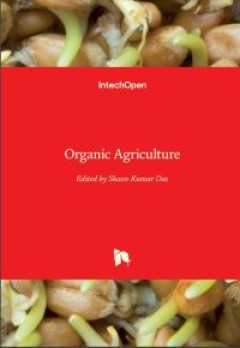
Organic Agriculture
Organic crop production is the science and art of growing field crops, fruits, vegetables, and flowers by adopting the essential principles of organic agriculture in soil building and conservation, pest management, and heirloom variety conservation. This book provides detailed insights into organic farming in agriculture, biological efficacy in the management of plant diseases, organic nutrient…
- Edisi
- -
- ISBN/ISSN
- 978-1-78984-720-8
- Deskripsi Fisik
- 170 hlm.
- Judul Seri
- -
- No. Panggil
- -
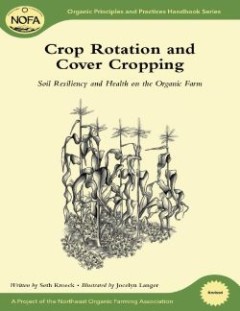
Crop Rotation and Cover Cropping: Soil Resiliency and Health on the Organic Farm
In Crop Rotation and Cover Cropping, you can learn some of the thinking behind—and the actual nuts and bolts of—laying out a rotation for your farm. This volume, part of the NOFA guides, covers: Historical roots of cover-crop techniques, Thinking beyond this season's cash crop (disease and pest reduction, weed suppression, cash vs. cover crops), What is a good rotation? (mapping the farm, g…
- Edisi
- -
- ISBN/ISSN
- 978-1-603-58346-6
- Deskripsi Fisik
- 96 hlm.
- Judul Seri
- Organic Principles and Practices Handbook
- No. Panggil
- -
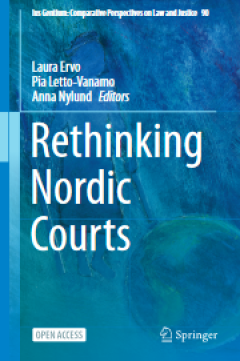
Rethinking Nordic Courts
This open access book examines whether a distinctly Nordic procedural or court culture exists and what the hallmarks of that culture are. Do Nordic courts and court proceedings share a distinct set of ideas and values that in combination constitute the core of a regional legal culture? How do Europeanisation, privatisation, diversification and digitisation influence courts and court proceedings…
- Edisi
- -
- ISBN/ISSN
- 978-3-030-74851-7
- Deskripsi Fisik
- 304 hlm.
- Judul Seri
- -
- No. Panggil
- -
 Karya Umum
Karya Umum  Filsafat
Filsafat  Agama
Agama  Ilmu-ilmu Sosial
Ilmu-ilmu Sosial  Bahasa
Bahasa  Ilmu-ilmu Murni
Ilmu-ilmu Murni  Ilmu-ilmu Terapan
Ilmu-ilmu Terapan  Kesenian, Hiburan, dan Olahraga
Kesenian, Hiburan, dan Olahraga  Kesusastraan
Kesusastraan  Geografi dan Sejarah
Geografi dan Sejarah